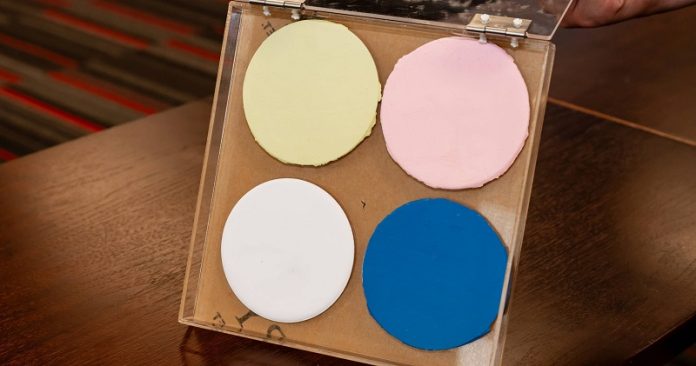
Researchers at Hong Kong Polytechnic University (PolyU) have developed a groundbreaking, environmentally friendly cooling coating that could dramatically reduce energy use in buildings.
This new solar-driven adaptive radiative cooling (SARC) coating can lower a building’s surface temperature by up to 25°C and reduce indoor temperatures by 2 to 3°C—all without using any energy.
This innovative solution is aimed at helping cities like Hong Kong, where buildings account for 90% of electricity consumption and over 60% of carbon emissions, achieve significant energy savings and combat climate change.
Traditional cooling materials reflect sunlight to keep buildings cool but lack the ability to adjust their cooling power based on changing environmental conditions.
To solve this problem, the research team led by Prof. Lu Lin Vivien and Dr. Quan Gong from PolyU’s Department of Building Environment and Energy Engineering developed a new type of coating that adapts its cooling capacity depending on the intensity of sunlight.
The key to this innovation is the use of carbon dots (CDs), which are tiny, environmentally friendly particles embedded in polymers.
These CDs help convert harmful ultraviolet light into visible light, enhancing the coating’s ability to reflect solar energy.
Unlike traditional materials that rely on rare earth metals, this new coating is non-toxic, metal-free, and can be produced on a large scale.
Tests have shown that this new SARC coating improves solar reflectance during the day from 92.5% to 95%, increasing the cooling effect by 10% to 20%. When applied to concrete rooftops, the coating reduced temperatures by as much as 25°C.
In a practical demonstration, the coating was applied to container house roofs at a construction site in Hong Kong.
After two and a half years of exposure to the elements, the coated roofs remained 24°C cooler than uncoated concrete roofs, and the coating’s effectiveness decreased by less than 2%.
This cooling technology has significant energy-saving potential. In cities across Mainland China, including Beijing, Guangzhou, and Chongqing, the coating is expected to save between 97 and 136 kWh/m² of electricity annually.
By reducing the need for air conditioning, this could lead to substantial cost savings and lower carbon emissions.
In addition to cooling buildings, the team has combined the coating with bifacial solar panels to enhance both power generation and thermal management. This dual-functional system is expected to boost electricity production by 30-50% and reduce carbon emissions by 30% compared to conventional rooftops.
Looking ahead, the researchers are also developing a paraffin-based version of the coating that can adapt to both hot and cold weather, providing cooling in summer and warmth in winter.
This next-generation coating could be a game-changer for sustainable urban development, offering a versatile solution to the growing challenge of energy efficiency and climate resilience in buildings.



